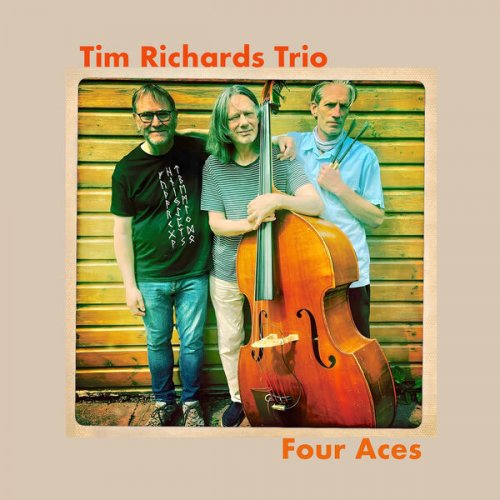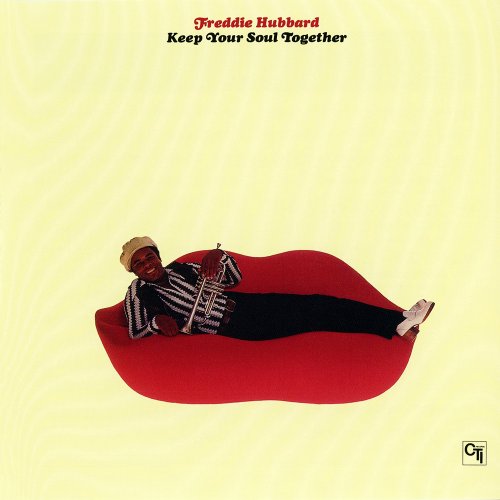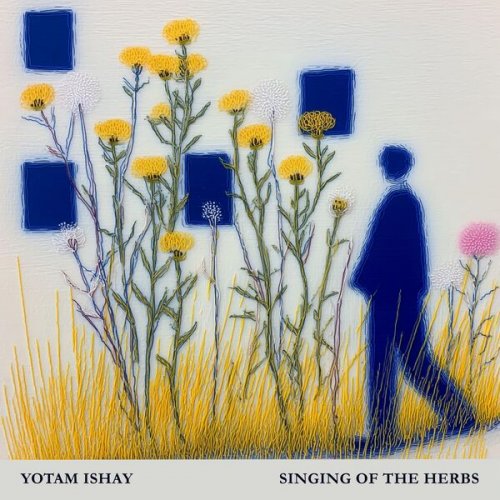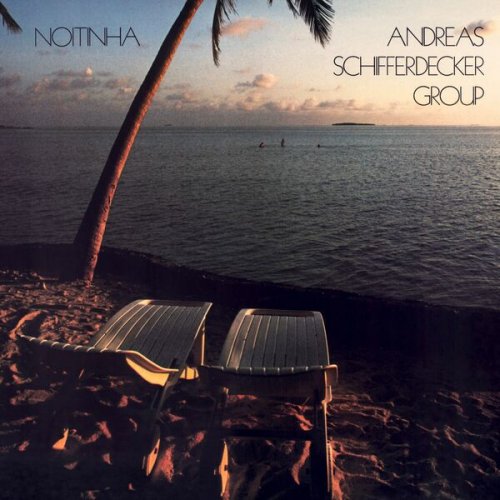Prague Piano Duo - Dvořák: Slavonic Dances (2000)
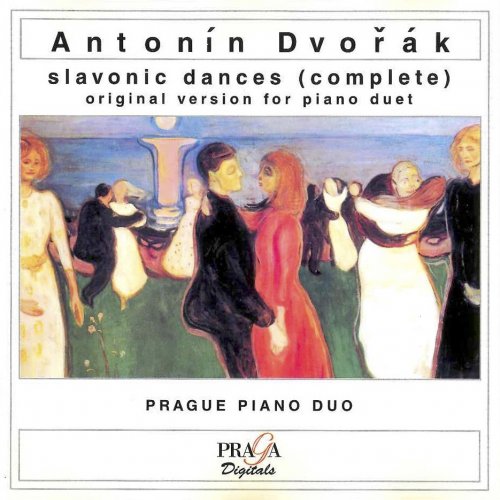
Artist: Prague Piano Duo
Title: Dvořák: Slavonic Dances
Year Of Release: 2000
Label: Praga
Genre: Classical
Quality: FLAC (tracks+.cue,log,scans)
Total Time: 01:08:03
Total Size: 258 Mb
WebSite: Album Preview
Tracklist: Title: Dvořák: Slavonic Dances
Year Of Release: 2000
Label: Praga
Genre: Classical
Quality: FLAC (tracks+.cue,log,scans)
Total Time: 01:08:03
Total Size: 258 Mb
WebSite: Album Preview
op. 46
01. No. 1 in C major. Presto 3:48
02. No. 2 in E minor. Allegretto scherzando 5:04
03. No. 3 in A flat major. Poco allegro 4:11
04. No. 4 in F major. Tempo di minuetto 5:47
05. No. 5 in A major. Allegro vivace 3:09
06. No. 6 in D major. Allegretto scherzando 5:14
07. No. 7 in C minor. Allegro assai 3:09
08. No. 8 in G minor. Presto 3:53
op. 72
09. No. 1 in B major. Molto vivace 4:01
10. No. 2 in E minor. Allegretto grazioso 5:38
11. No. 3 in F major. Allegro 3:03
12. No. 4 in D flat major. Allegretto grazioso 5:23
13. No. 5 in B flat minor. Poco adagio 2:50
14. No. 6 in B flat major. Moderato quasi minuetto 3:33
15. No. 7 in C major. Allegro vivace 3:26
16. No. 8 in A flat major. Grazioso e lento ma non troppo 5:54
Performers:
Prague Piano Duo
This is a very fine delivery of these dances in their original 4-handed version. As many collectors will be aware, there are quite a few examples of composers initially writing works for the piano in various formats. This might be for solo piano (Ravel’s Alborada or La Valse for example), for two pianos (Rachmaninov’s Symphonic dances for example) or for two pianists at one piano such as here or as in the Brahms Hungarian Dances. In all these cases the original piano version was not written as a practice version for an orchestral version. Instead the orchestral version was a result of the popularity of the previous piano version which was then arranged, or almost re-composed, for the orchestra. In the case of the Brahms dances, the orchestral versions were not even written by Brahms but by several people in total.
In all the above examples the benefit of the orchestral versions is an expansion of texture but this is always at the cost of clarity. That clarity applies to rhythmic definition, to thematic definition of secondary themes especially and also to harmonic clarity. A good performance of the original piano version will almost certainly prove to provide a more direct insight into the composer’s original compositional concept and that is what we have here.
An essential aspect of these works of course is the Slavonic nature of the works and also the fact that they are intended to reflect the nature of particular Slavonic dances. It is therefore vital that the playing should have a clear sensation of ‘lift’ and ‘lilt’ with the best combination of those two ideas being ‘lilting lift.’ To do that in these pieces the players have to have, deeply ingrained, a natural affinity to the lyric nature of the flow of the melodic line which must be clearly Slavonic in feel.
Too often these dances are played in a manner that is too driven in the faster dances such as the ‘furiants,’ and losing their dancing lilt in favour of virtuosity. Slower dances such as the dumkas, can feel relatively leaden and with false expressive phrasing also without that dancing lilt, even more essential in slower music.
What we have here are two indigenous players with Slavonic backgrounds who share an instinctive feel for the Slavonic idiom. That they were also both pupils of the legendary Czech pianist, Ivan Moravec, comes as no surprise but is certainly a welcome addition to their background. The Op. 46 set lift as they should and the Op. 72 set also dances but with an eye to the more ‘worked’ nature of the compositions. It is well-known that Dvorak wrote the first set instinctively as truly Slavonic dances but only wrote the second set under some pressure at a time when his creative urge had moved on to other things. The second set is therefore a collection of more considered compositions while still retaining much of the characteristic of the first set.
In all the above examples the benefit of the orchestral versions is an expansion of texture but this is always at the cost of clarity. That clarity applies to rhythmic definition, to thematic definition of secondary themes especially and also to harmonic clarity. A good performance of the original piano version will almost certainly prove to provide a more direct insight into the composer’s original compositional concept and that is what we have here.
An essential aspect of these works of course is the Slavonic nature of the works and also the fact that they are intended to reflect the nature of particular Slavonic dances. It is therefore vital that the playing should have a clear sensation of ‘lift’ and ‘lilt’ with the best combination of those two ideas being ‘lilting lift.’ To do that in these pieces the players have to have, deeply ingrained, a natural affinity to the lyric nature of the flow of the melodic line which must be clearly Slavonic in feel.
Too often these dances are played in a manner that is too driven in the faster dances such as the ‘furiants,’ and losing their dancing lilt in favour of virtuosity. Slower dances such as the dumkas, can feel relatively leaden and with false expressive phrasing also without that dancing lilt, even more essential in slower music.
What we have here are two indigenous players with Slavonic backgrounds who share an instinctive feel for the Slavonic idiom. That they were also both pupils of the legendary Czech pianist, Ivan Moravec, comes as no surprise but is certainly a welcome addition to their background. The Op. 46 set lift as they should and the Op. 72 set also dances but with an eye to the more ‘worked’ nature of the compositions. It is well-known that Dvorak wrote the first set instinctively as truly Slavonic dances but only wrote the second set under some pressure at a time when his creative urge had moved on to other things. The second set is therefore a collection of more considered compositions while still retaining much of the characteristic of the first set.
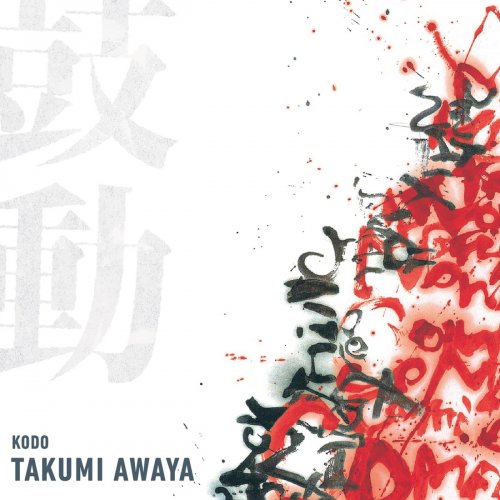

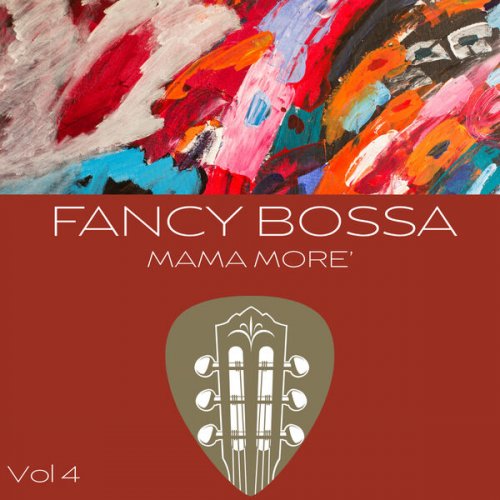

![Jeffery Scott Greer - Volume 4 (2025) [Hi-Res] Jeffery Scott Greer - Volume 4 (2025) [Hi-Res]](https://www.dibpic.com/uploads/posts/2025-12/1765495193_ok6khr4vmh5lk_600.jpg)
